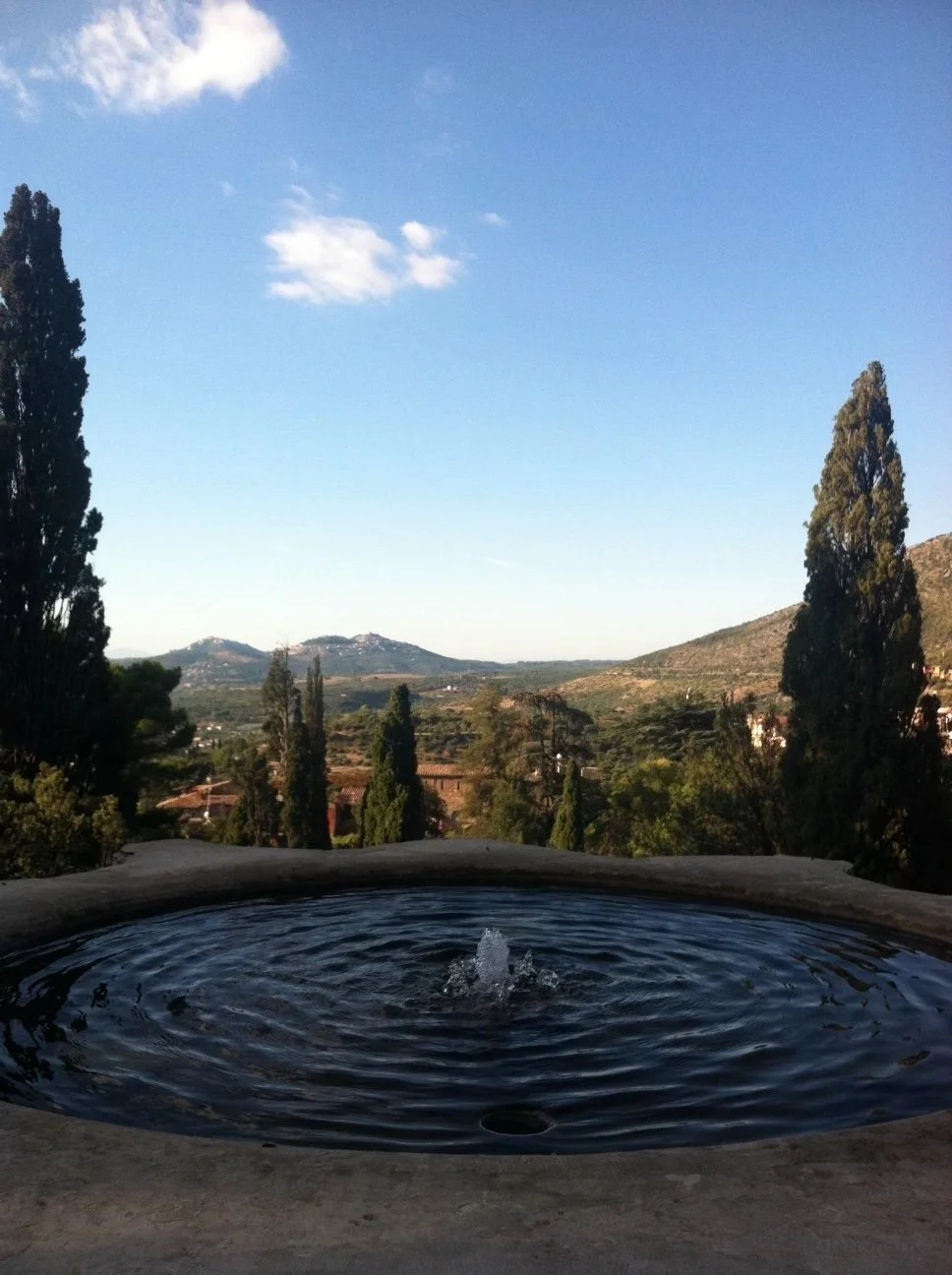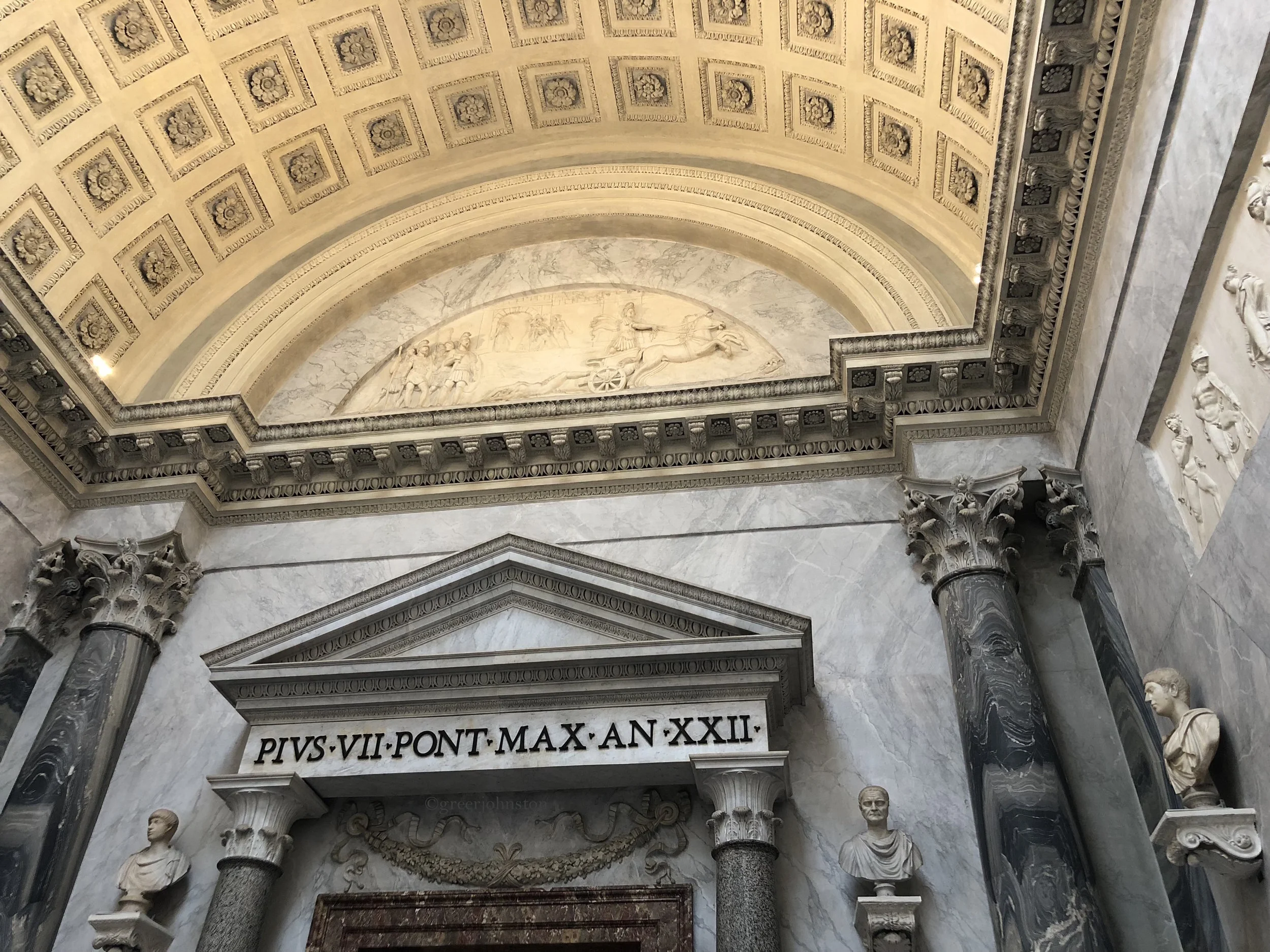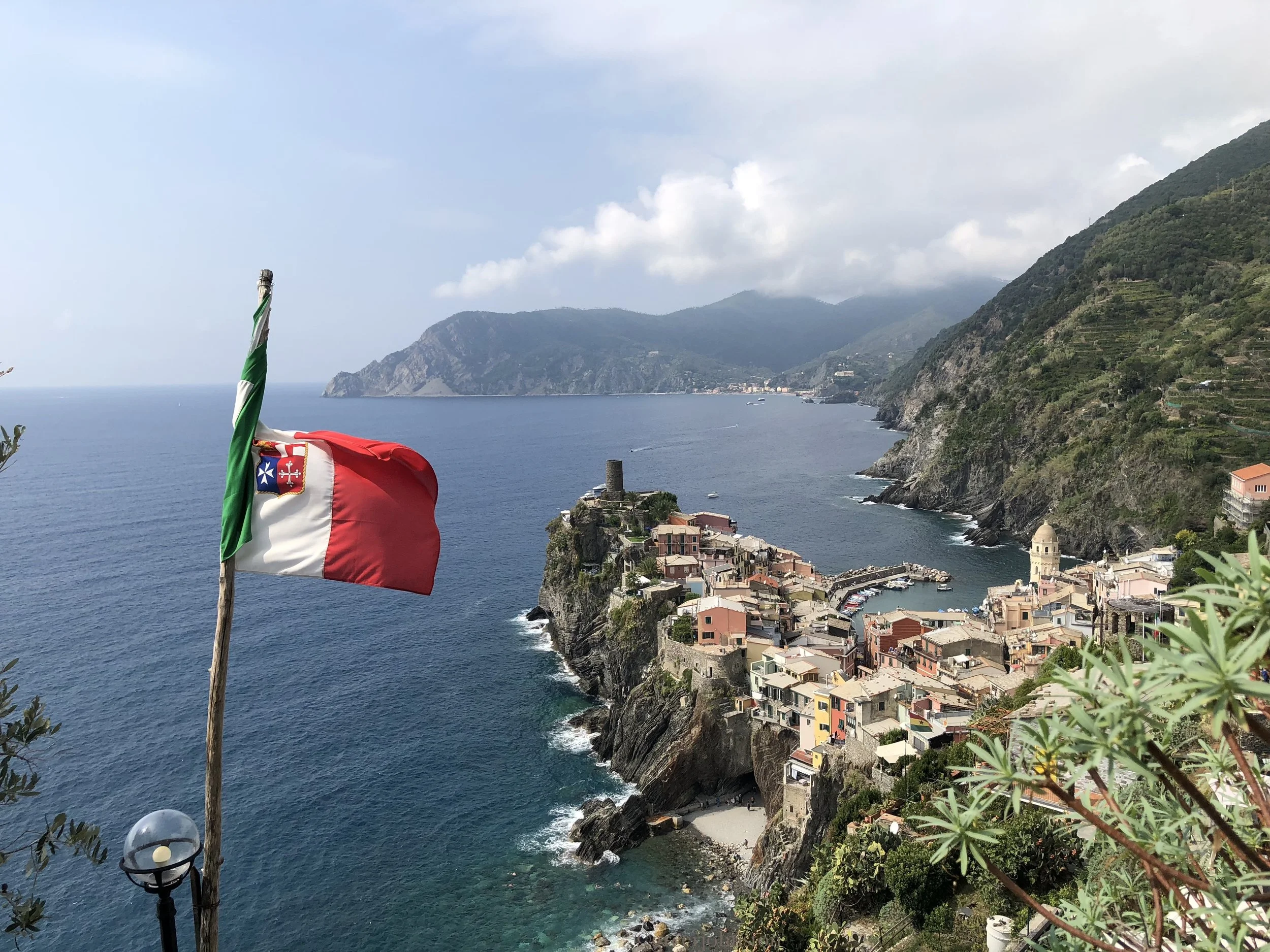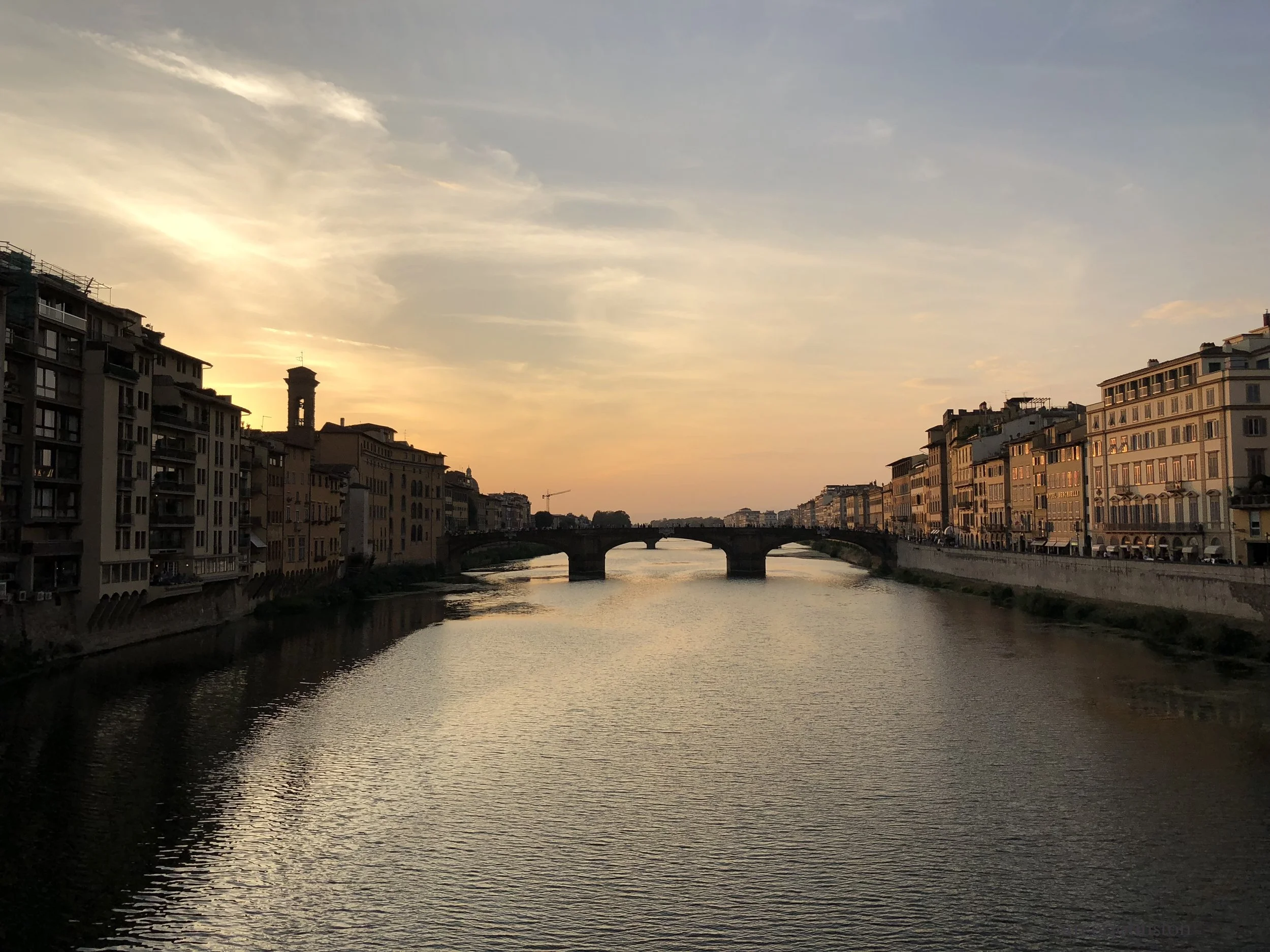Regioni d'Italia - Lazio
I’d like to start this new series - an exploration of the 20 regions of Italy - with the first region I ever visited, Lazio. Home to the national capital of Rome, I have to admit that Rome really defines Lazio for me. I have not spent too much time in the region outside of the capital, and when I did it was 10 years ago. This dichotomy - which we will see is found frequently between capital cities and their regions - is perhaps most clearly defined in this case. The divide between Roma and Lazio football teams, for example, is one of the most violent in Italy.
I wanted to explore this idea of the 20 regions of Italy because I think for non-Italians, there is a very stereotypical definition of what is “Italy.” And what those who are Italian or those who have lived or who have traveled very deeply here know is that there is no one such “Italy.” The Italian regions, and even the cities and small towns within them, largely have their own distinct character, their own cultural traditions, their own unique culinary heritage, their own patron saint. They will even have a different accent, their own dialect, and sometimes their own language altogether. The landscape and the weather is different, from the Alps in the North to the southern Mediterranean coast.
The Tevere, passing through Rome as it passes through Lazio
As I mentioned, many of the Italian regions do generally become defined by their capital city. So, given that my experience in Lazio has been traditionally defined by my formative experiences in Rome, I can reflect that it is a beautiful place to visit, and probably one of the most likely that you will pass through if you are visiting Italy. It is of course full of Roman history, but it is important to keep in mind that Roman history is not limited to present-day Rome - I have found Roman history even while visiting places as far away as Barcelona and Jordan!
Rome is a grand city, a city of hills, and carries with it a lot of weight, prestige, and ambition. It is a continuous evolution and oscillation of opulence and the obscene, from the temples of the emperors to the monuments to fascism, from the destruction of the war to the luxury of Cinecittà and its golden age of cinema. And the ever-present shadow of the Vatican that looms over the city, and therefore the country. Even Rome’s neighborhoods each have their own story, just as much as the smaller cities and towns that are just a short train ride away.
Seeing seagulls in Rome remind you that Lazio borders the Tyrrhenian Sea
Rome, and therefore Lazio, is generally considered to be the last outpost of the North, used to discriminate between the orderly, European North, and the beginning of the wild, Mediterranean South. I would, of course, celebrate the South for its charm and its warmth, finding it harder to conform to the colder, stricter North. Rome is caught in the middle of these two dichotomous natures, and yet stands out on her own.
I know, I know that I am a broken record by now. Maybe one day I will have the opportunity to travel more in the Lazio region, and discover what sets it apart from Rome. Or maybe I will discover that they are interconnected. I say this because one of the regional differences of Italy that I want to highlight is the cuisine. And the dish that sticks out the most to me of my time in the Lazio region is also a typically Roman dish - cacio e pepe. Cacio e pepe is the base of a series of dishes that progress from adding ingredients, eventually becoming alla gricia, carbonara, and amatriciana. But cacio e pepe is the only vegetarian option, a pasta in a mix of pecorino romano cheese (cacio) and black pepper (pepe). I have made it a few times at home, but it’s one dish that leaves a very sticky pot, so it’s something I always prefer to have when I’m back in Rome, the home of it all.
Cacio e pepe…a true love
Scenery-wise, Lazio is unexpectedly hilly, at least for those of us who were previously unaware of the very well-known “seven hills of Rome.” The Tevere, the Tiber River, begins there and flows through Rome, What you may not realize about Lazio is that it borders the Tyrrhenian Sea, so it is possible to visit the beach or the Roman ruins of Ostia Antica while sojourning in Rome, something I still have yet do despite having spent a significant period of time there.
The views from Villa d’Este, Tivoli
One excursion I did take advantage of was the short trip to the Villa d’Este in Tivoli. I’ve also heard nice things about Frascati, Castel Gandolfo, Bracciano with its lake, and Civita di Bagnoregio, uniquely perched on a hill-top, necessary to enter via a foot-bridge.
So that is what I can say, for now. That my experience in Lazio is one that is ultimately defined by my Roman youth - a period of experiencing the world on my own, growing up, some heartbreaks, and also a true spring for me - my coming-of-age and a great time of self-discovery. It was the last time I was somewhere without a working smartphone. My friends and I would wait an hour for the bus with no Uber to save us. We would walk home through Piazza Navona at three a.m., having one of the most beautiful treasures practically to ourselves. I remember just as well the famous bathtubs of the Piazza Farnese. There was a sort of freedom and innocence, joy and exuberance for life of this time in my life for which I will always have a fond nostalgia.
Note: The header image shows a part of the Roman Forum remains in Rome.
For the rest of my “Regioni d’Italia” posts, you can find them here.
Beautiful and magnificent Piazza Navona











